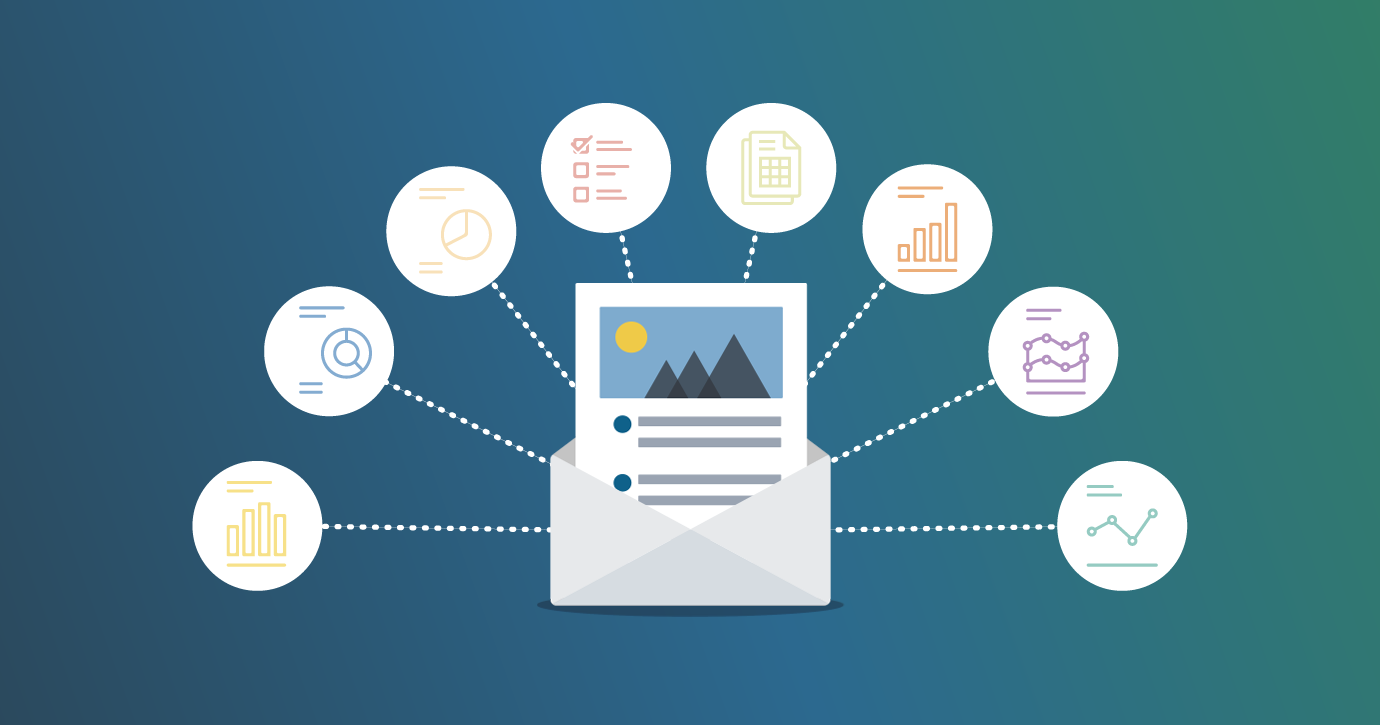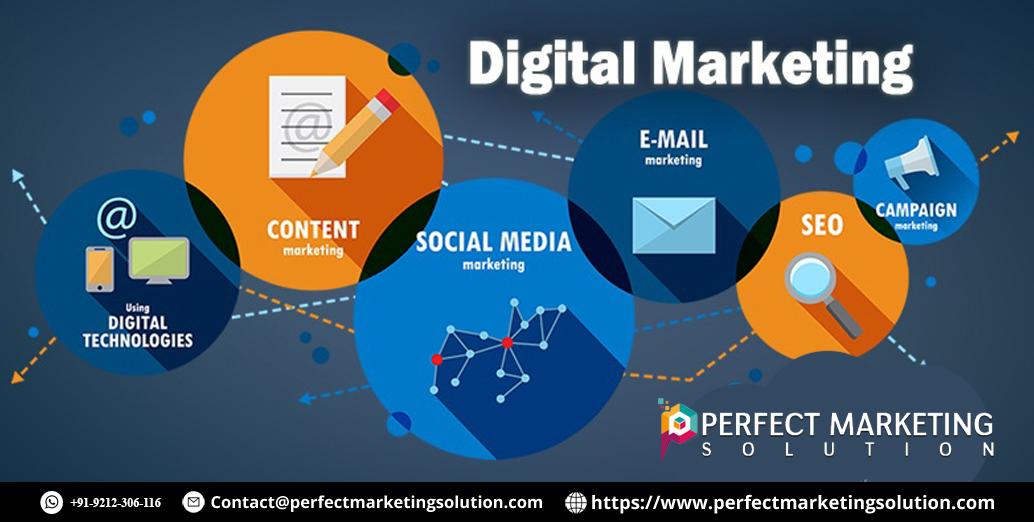Measuring and Analyzing the Impact of Email Acquisition Sources on Performance
Explore how to measure and analyze the impact of various email acquisition sources on your performance metrics. Learn effective strategies to optimize your email marketing efforts and drive better results with our in-depth guide.

In the digital age, email marketing remains one of the most effective tools for driving engagement and conversions. However, the success of an email campaign heavily depends on the sources from which your email subscribers are acquired. Understanding how different acquisition sources impact performance can help optimize your strategy and boost overall effectiveness. Here’s a comprehensive guide to measuring and analyzing the impact of email acquisition sources.
What are Email Acquisition Sources?
Email acquisition sources refer to the various channels or methods used to collect email addresses from potential subscribers. These can include:
Website Sign-Ups: Forms on your website where visitors can subscribe to your email list.
Social Media: Campaigns and posts on platforms like Facebook, Twitter, and LinkedIn that encourage users to sign up.
Paid Advertising: Ads on search engines or social media that drive traffic to your email sign-up forms.
Events and Webinars: Sign-ups collected during live or virtual events.
Content Marketing: Gated content or lead magnets that require users to provide their email addresses to access valuable resources.
Tracking Metrics to Assess Performance
To gauge the effectiveness of different acquisition sources, you need to track several key metrics. Here’s a breakdown of the most important ones:
Conversion Rate
The conversion rate measures how effectively each acquisition source turns leads into subscribers. This can be calculated by dividing the number of new subscribers from a specific source by the total number of visitors to the acquisition source.
Engagement Metrics
Engagement metrics, such as open rates and click-through rates (CTR), help assess how interested and involved subscribers are with your content. Higher engagement from specific acquisition sources may indicate higher quality leads.
Revenue per Subscriber
Calculating the revenue generated per subscriber from each acquisition source helps evaluate the financial impact. This metric is crucial for understanding which sources contribute most to your bottom line.
Retention Rate
The retention rate measures how well you maintain subscribers over time. Tracking this metric for each acquisition source can help identify which sources yield long-term, loyal subscribers.
Cost per Acquisition
This metric involves calculating the total cost associated with acquiring subscribers from each source. This includes advertising spend, content creation costs, and any other expenses. Comparing this cost with the revenue generated can provide insight into the cost-effectiveness of each source.
Analyzing Acquisition Source Impact
Once you have collected data on these metrics, the next step is to analyze the impact of each acquisition source. Here’s how you can approach this analysis:
Segment Analysis
Segment your email list based on acquisition sources. By analyzing each segment’s performance separately, you can gain a clearer understanding of how each source contributes to overall success. This segmentation can be based on metrics like engagement, conversion rates, and revenue.
Comparative Analysis
Compare the performance of different acquisition sources to identify which ones perform best. Look for patterns or trends that indicate higher effectiveness or return on investment. This comparison will help you prioritize your efforts and allocate resources more efficiently.
A/B Testing
Implement A/B testing to evaluate different acquisition strategies. For example, you might test two different landing page designs or promotional messages to see which one yields better results. This method allows you to make data-driven decisions and refine your approach based on actual performance.
Attribution Modeling
Attribution modeling helps you understand the role each acquisition source plays in the customer journey. This involves assigning value to different touchpoints and understanding how they contribute to conversions. Common models include first-touch attribution, last-touch attribution, and multi-touch attribution.
Continuous Monitoring and Optimization
Analyzing acquisition sources should not be a one-time activity. Continuously monitor performance metrics and adjust your strategies based on the latest data. Regularly reviewing and optimizing your acquisition tactics will ensure that you maintain and improve your email marketing effectiveness over time.
Leveraging Insights for Strategy Improvement
Tailoring Content to Acquisition Sources
Use insights from your analysis to tailor your email content to different subscriber segments. For instance, subscribers acquired through content marketing might appreciate in-depth, educational content, while those from social media may prefer more visual and engaging material.
Optimizing Acquisition Channels
Identify which channels or methods are most effective and focus your efforts on optimizing those. If social media campaigns are driving high-quality subscribers, invest more in this area to maximize returns. Conversely, if certain sources are underperforming, consider refining or discontinuing those efforts.
Enhancing User Experience
Improving the user experience on acquisition channels can lead to better performance. Ensure that sign-up forms are user-friendly, mobile-responsive, and easy to navigate. Streamline the sign-up process to minimize friction and increase conversion rates.
Personalizing Engagement
Personalize your email engagement strategies based on the acquisition source. For example, if subscribers came from a webinar, follow up with content related to the topics discussed. Personalization helps build stronger connections and increases the likelihood of continued engagement.
Case Studies and Examples
Success Story: Optimizing Social Media Sign-Ups
A company found that its social media sign-ups had higher engagement rates compared to other sources. By investing in targeted social media ads and optimizing their sign-up forms, they increased their conversion rates by 30% and saw a significant boost in overall email performance.
Challenge: Low Engagement from Paid Advertising
A business noticed that subscribers acquired through paid advertising had lower engagement rates. By analyzing this data, they discovered that their ad messaging was not aligning well with their email content. They revised their approach, ensuring a more cohesive experience, which led to improved engagement and better ROI.
Measuring and analyzing the impact of email acquisition sources is crucial for optimizing your email marketing strategy. By tracking key metrics, conducting thorough analysis, and leveraging insights, you can make informed decisions that enhance performance and drive better results. Regularly revisiting and refining your acquisition strategies will ensure sustained success and growth in your email marketing efforts.
Frequently Asked Questions: Measuring and Analyzing the Impact of Email Acquisition Sources
What are email acquisition sources?
Email acquisition sources are the various channels or methods used to gather email addresses from potential subscribers. Common sources include website sign-ups, social media campaigns, paid advertising, events and webinars, and content marketing efforts.
Why is it important to measure email acquisition sources?
Measuring email acquisition sources is essential because it helps you understand which channels are most effective in attracting subscribers and driving engagement. This insight allows you to optimize your strategies, allocate resources efficiently, and improve the overall performance of your email marketing campaigns.
What key metrics should I track to assess the performance of email acquisition sources?
To evaluate the performance of different acquisition sources, track the following key metrics:
Conversion Rate: Measures how effectively each source turns leads into subscribers.
Engagement Metrics: Includes open rates and click-through rates (CTR) to assess subscriber interest and involvement.
Revenue per Subscriber: Calculates the revenue generated from subscribers acquired through each source.
Retention Rate: Measures how well you maintain subscribers over time.
Cost per Acquisition: Evaluates the total cost associated with acquiring subscribers from each source.
How do I analyze the impact of different acquisition sources?
Analyze the impact of acquisition sources by:
Segmenting your email list: Assess performance metrics for each segment based on acquisition sources.
Comparing performance: Identify which sources perform best by comparing key metrics.
Implementing A/B testing: Test different strategies to determine which ones yield better results.
Using attribution modeling: Understand how different touchpoints contribute to conversions.
What is segmentation and how does it help in analysis?
Segmentation involves dividing your email list based on acquisition sources and analyzing each segment's performance separately. This approach provides a clearer understanding of how each source contributes to overall success and helps identify which sources yield the most valuable subscribers.
What is attribution modeling and why is it important?
Attribution modeling assigns value to different touchpoints in the customer journey to understand their contribution to conversions. It helps you determine the role each acquisition source plays in achieving your goals, providing a more comprehensive view of source effectiveness.
How can I optimize my email acquisition channels based on performance insights?
Optimize acquisition channels by:
Focusing on high-performing sources: Invest more resources in channels that yield the best results.
Refining underperforming sources: Improve or reconsider strategies for sources that show less effectiveness.
Enhancing user experience: Ensure that sign-up forms are user-friendly and mobile-responsive to increase conversion rates.
How does personalization improve email marketing performance?
Personalization involves tailoring email content and engagement strategies based on the acquisition source. For example, providing content related to a specific webinar topic can enhance relevance and build stronger connections with subscribers, leading to increased engagement and conversions.
Can you provide an example of how analyzing acquisition sources led to improved performance?
Certainly! One company noticed that subscribers from social media had higher engagement rates. By investing more in targeted social media ads and optimizing their sign-up forms, they achieved a 30% increase in conversion rates and significantly improved overall email performance.
What should I do if I find that my acquisition sources are underperforming?
If acquisition sources are underperforming, analyze the data to identify potential issues. Consider revising your approach, such as improving messaging, enhancing user experience, or adjusting your strategies. Regularly monitor performance and make data-driven adjustments to optimize results.
Get in Touch
Website – https://www.webinfomatrix.com
Mobile - +91 9212306116
Whatsapp – https://call.whatsapp.com/voice/9rqVJyqSNMhpdFkKPZGYKj
Skype – shalabh.mishra
Telegram – shalabhmishra
Email - info@webinfomatrix.com
What's Your Reaction?















